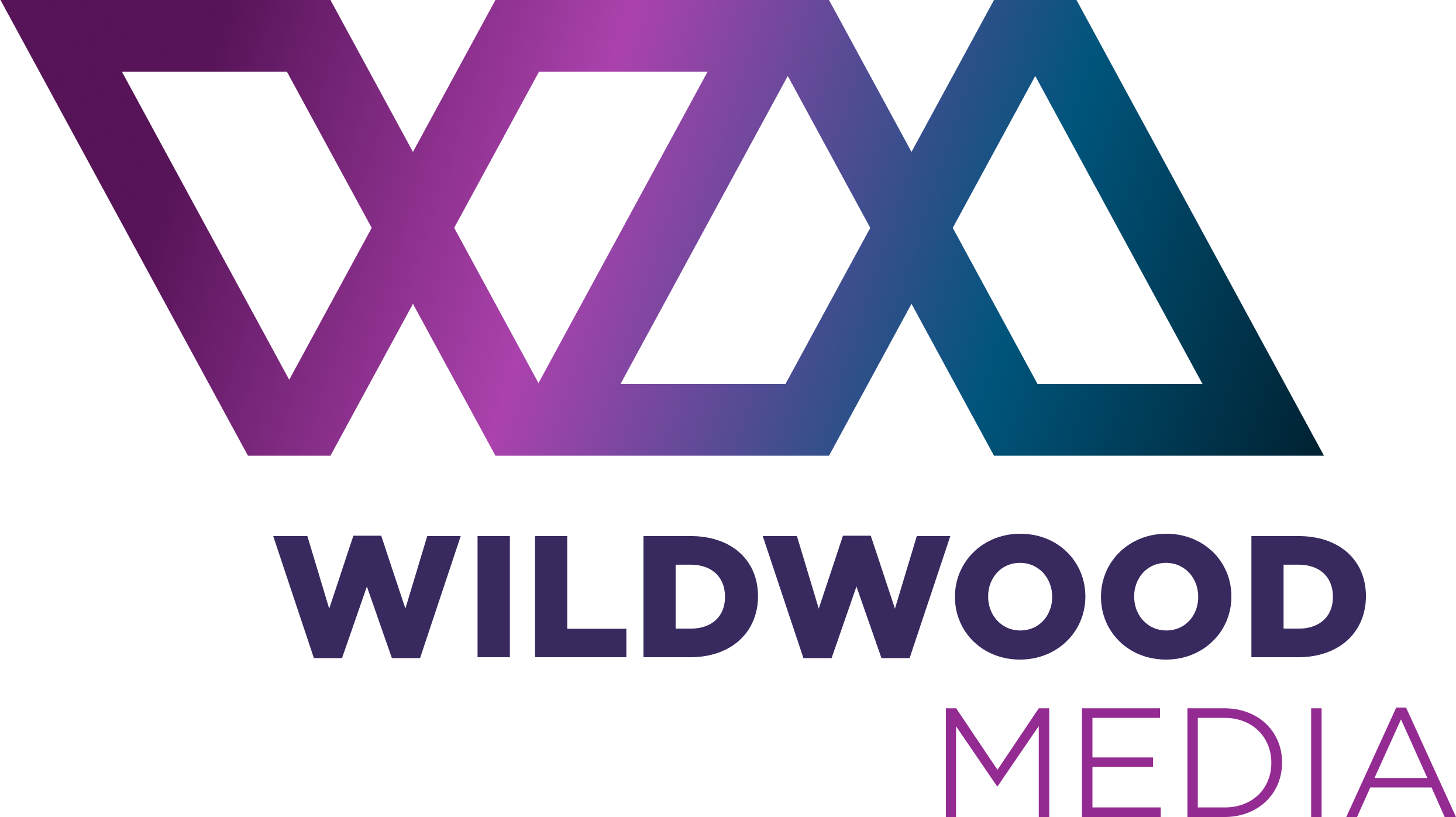Why lighting can dramatically improve your videos
You’ve seen it over and over again, videos shot by non-professionals that take your breath away with their quality. You want to emulate them, but you’ve no idea how they’ve managed to do it. As someone who delivers videography in London, Northampton, and across the south east, I wanted to share with you what makes these videos look so special.
Simple. It’s the lighting. It doesn’t matter whether you are shooting with a pro video camera or your iPhone — if you ignore lighting, your video will turn out bland and boring, and people won’t watch it.
Lighting Basics
Lighting is the key to a good video, and whether you are shooting your film in the gloomy city streets of London or the open countryside of Northampton, it can vastly improve the quality of footage you take for social media. When you’re filming, try to position yourself so there’s a light source on you and the person you’re talking with. Avoid shooting outside during the day as it will usually be too bright and hard to see anything. Instead, shoot in the early morning or late evening when it’s getting dark and use natural lighting like windows or skylights. If you’re using artificial lighting, make sure that it doesn’t produce an unflattering blue or yellow tint which could ruin an otherwise great video.
Natural Lighting and Seasons
If you are filming outside, the light will be different depending on the season or time of day. For example, spring days are usually bright and sunny, while autumn days will have softer light and longer shadows. Light levels also change in different parts of the world at different times of the year. For instance, winter days in a built-up area like London are often dark and gloomy due to shorter daylight hours and less sunlight hitting the ground. This is why it’s important to plan so you know what kind of natural light you’ll have when filming outdoors.
The Importance of Colour
Lighting is an essential element for all videographers – and can change the mood of your video in an instant. When it comes to videography, the colour of your lights can dramatically affect how people perceive your film. Colour can be used to create different moods, and it’s important to know what kind of mood you want to achieve with each video. Lighting can help set the tone for your video and communicate meaning to viewers without words – showing them what you are trying to say without having to say anything at all. It can also be used to capture the attention and focus of your viewer or audience by using bright colours that stand out against dark backgrounds or vice versa.
White Balance
In the filmmaking world, white balance is a setting that adjusts the colour of the light to match what is in the scene. When you use a camera, it often has preset white balance settings that adapt to work in different kinds of light. If you’re filming outside and it’s sunny, for instance, choose the sunny preset. If you’re filming inside and it’s cloudy, use the cloudy preset. Using these presets will ensure that colours are as accurate as possible and help avoid orange or blue tints on your video.
Need some help?
When filming outdoors and in public places, many light variables may impact the quality of your film and the shooting process, and hiring a professional video production team to help you is the right decision. Even indoors, lights can often be hard to manage and cause frustration whilst shooting content.
At Wildwood Media, we understand how overwhelming it could be to shoot by yourself and manage all of the equipment, and we are here to help build your project with you so that your message can be heard loud, clear, and understood by all of your viewers.
As seasoned London videographers, we know the city and its locations well and can support you and your business. If you need help with your next video project, schedule a free 30-minute call here to discuss your idea with our team so you can get the film you deserve.
